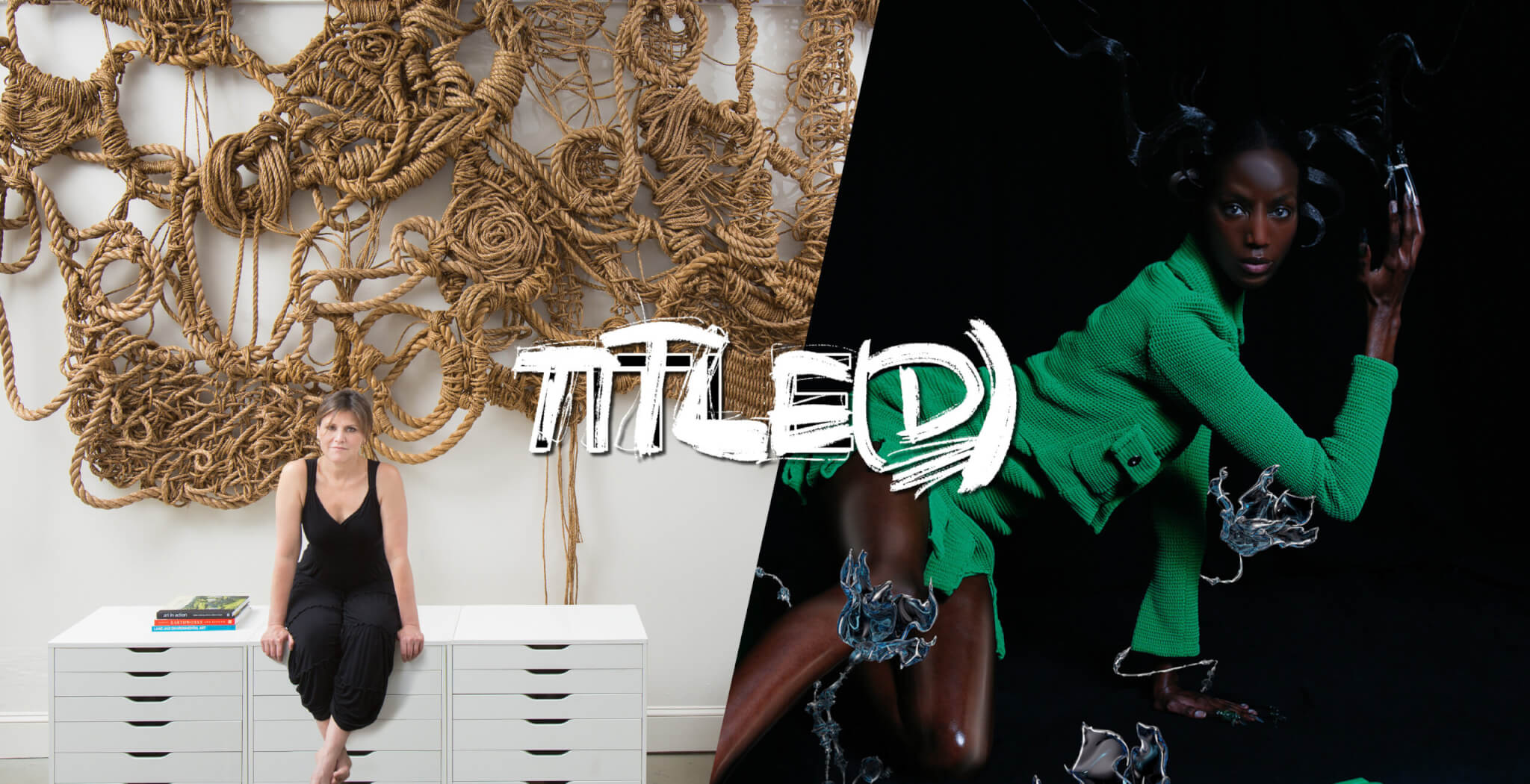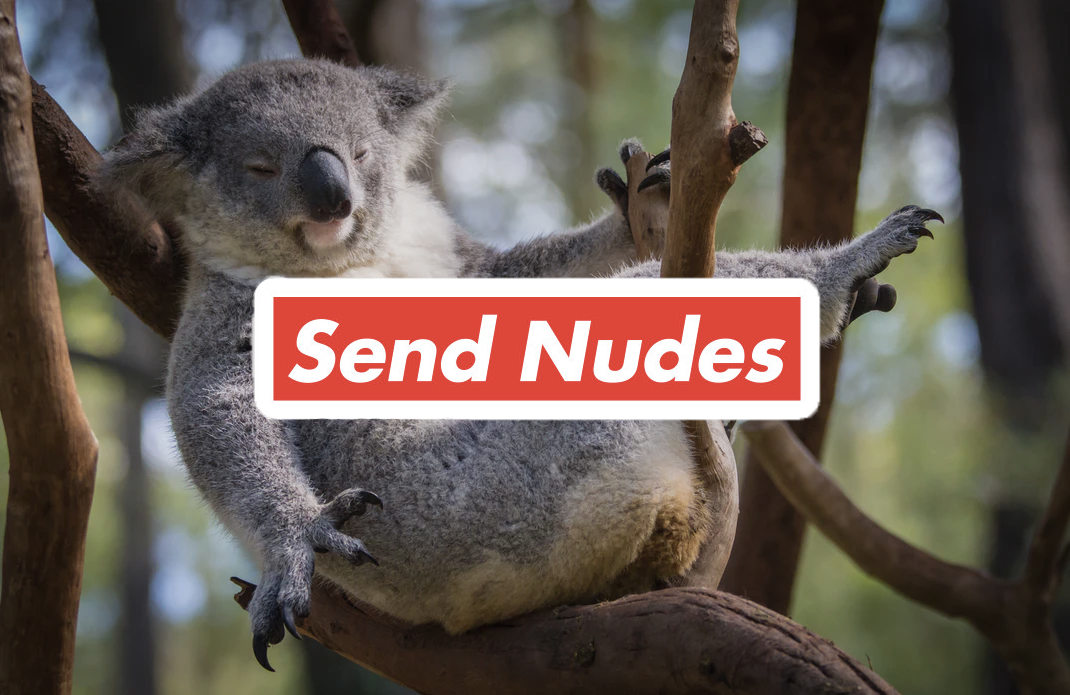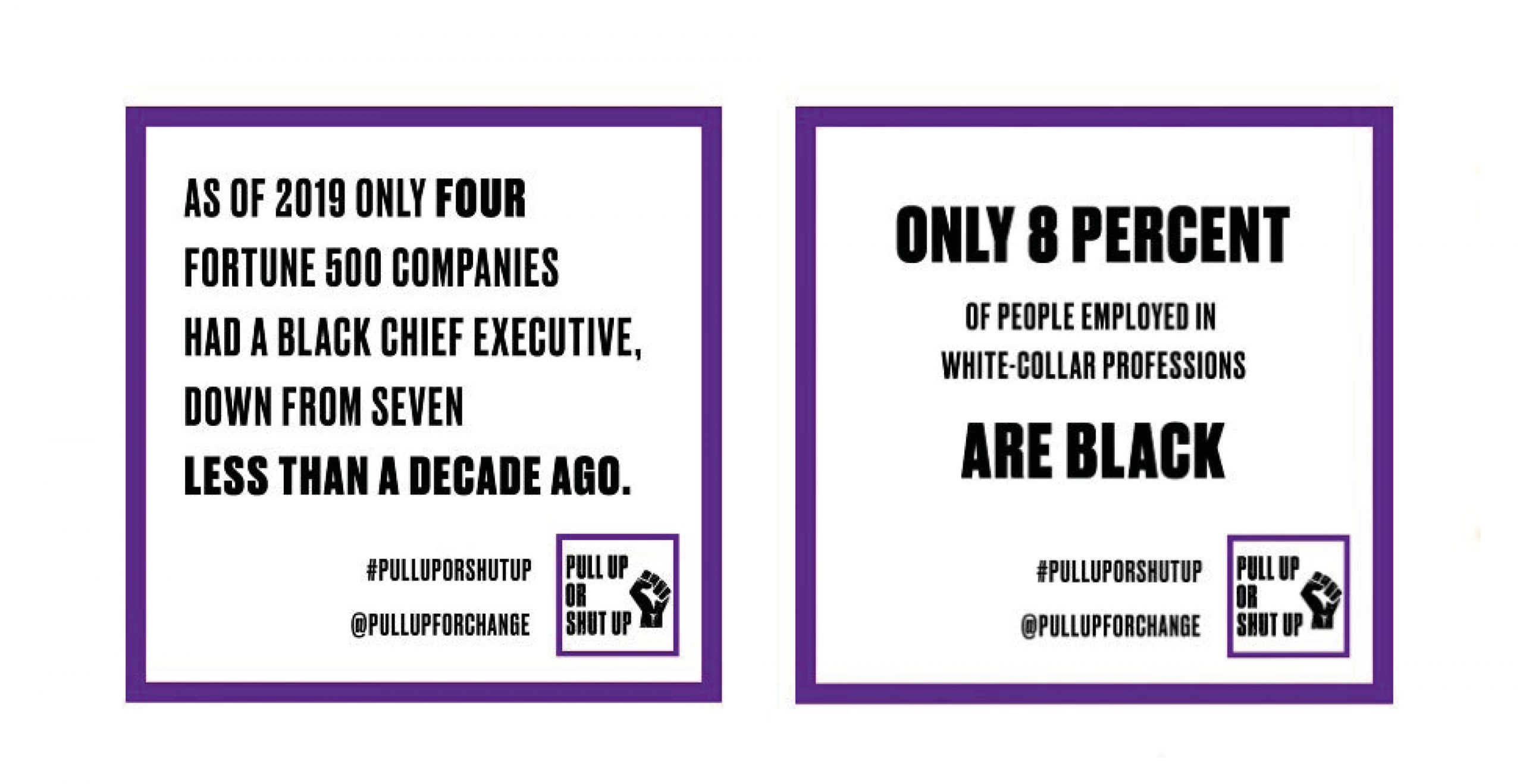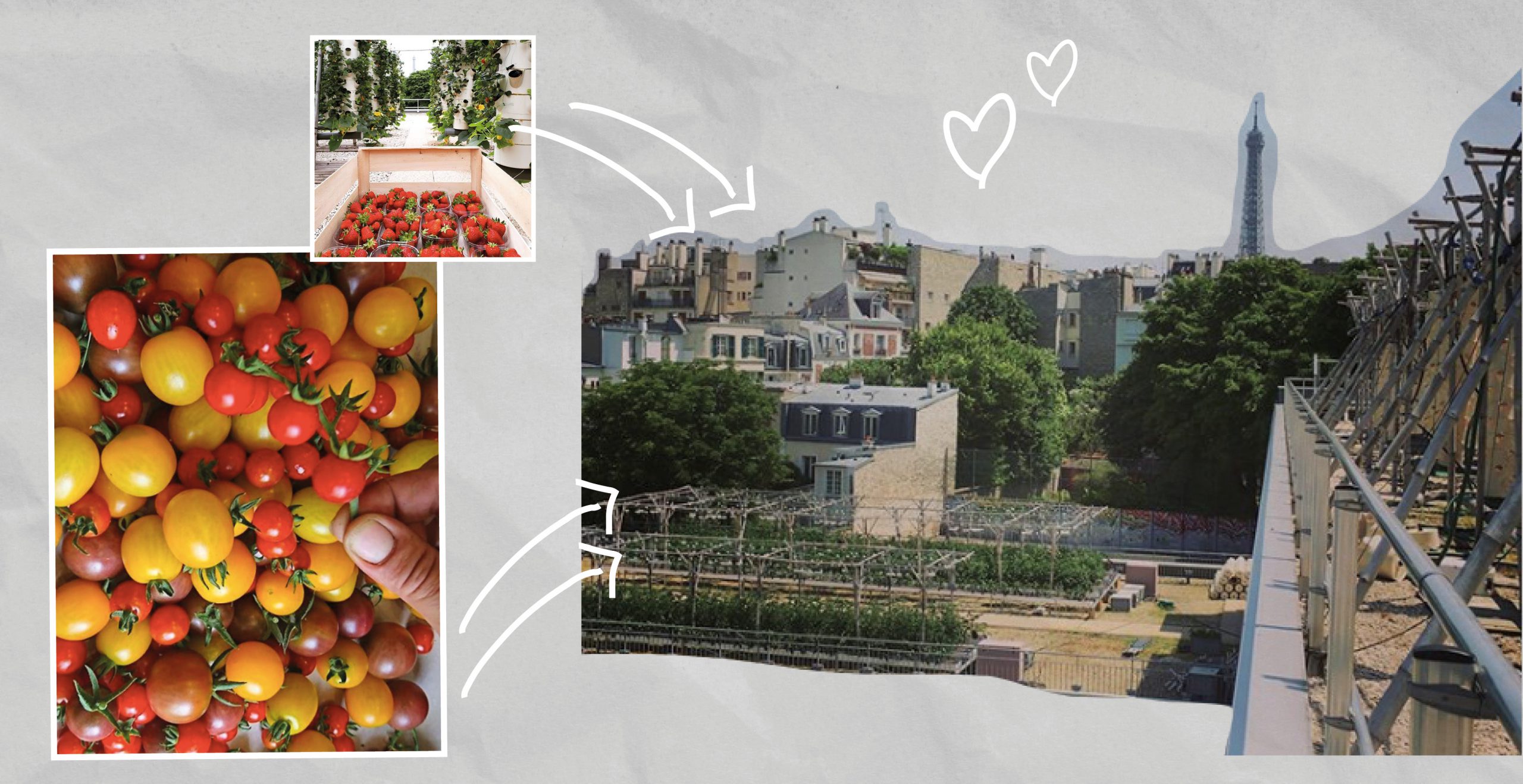In Sex and the City, none of the characters explicitly mentioned being polyamorous. However, if Carrie were to write her column today, polyamory would likely be a recurring theme. Non-monogamous relationships are gaining recognition as legitimate forms of romance, ushering in a new era of representation on TV.
The journey towards acknowledging consensual non-monogamy as a respectful way to share intimacy with multiple partners has been challenging. Traditional views of romance, influenced by patriarchy and monotheism, have limited our understanding. Films have often failed to portray polyamory accurately. For instance, the movie “The Dreamers” (2003) presents a story of consensual non-monogamy intertwined with incestuous relationships, chaos, and secrecy. Similarly, Gaspar Noé’s “Love” (2015) depicts a tragic love triangle that begins with a one-night threesome and culminates in unexpected pregnancy and living arrangements.
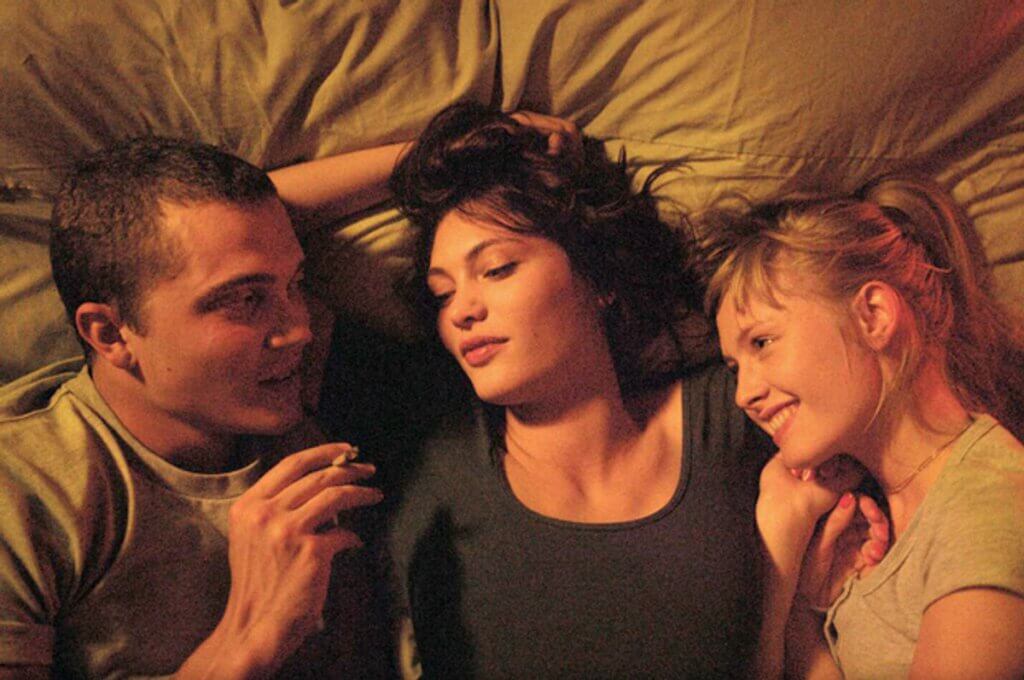
The dreamers (2003), for example, presents an arty story of consented non-monogamy and erotism marked with incest (two of the characters were siblings), chaos and the privilege to have place where to hide from the public eye. Later on, Love (2015), directed by the indulgent and perverse mind of Gaspar Noé, is the story of a tragic sex triangle that begins with a one-night threesome but ends with the invitee, Omi, living with Murphy, after she gets pregnant after secretly seeing each other.
The list of popular depictions of non-monogamy document the drama well — almost as per condemnation — but they rarely portray healthy polyamorous relations. One to save, though, is Woody Allen’s Vicky Cristina Barcelona (2008), which romantic comedy is a sophisticated exploration of the mysteries of love: boundless and undefined.
By boundless and undefined, we mean non-limited to one subject as per traditional definitions of love and romance. But here an important observation is to be made. Consensual non-monogamy often addresses conversations around open relationships and polyamorous people, which are two different kinds of relationships, necessary to understand when establishing boundaries within relationships, especially as Tinder and similar dating apps teem with such descriptions.
The relationship of Ilana and Lincoln in the sitcom Broad City, a TV show renowned for celebrating diversity and female friendship above all else, is a good case to talk about these two primary forms of non-monogamy. Ilana and Lincoln had established to keep their relationship open, to stay as “sex friends.” When Ilana celebrates that Lincoln has hooked up with someone else in season three, the internet went on praising the show for including a polyamorous relationship in 2016.
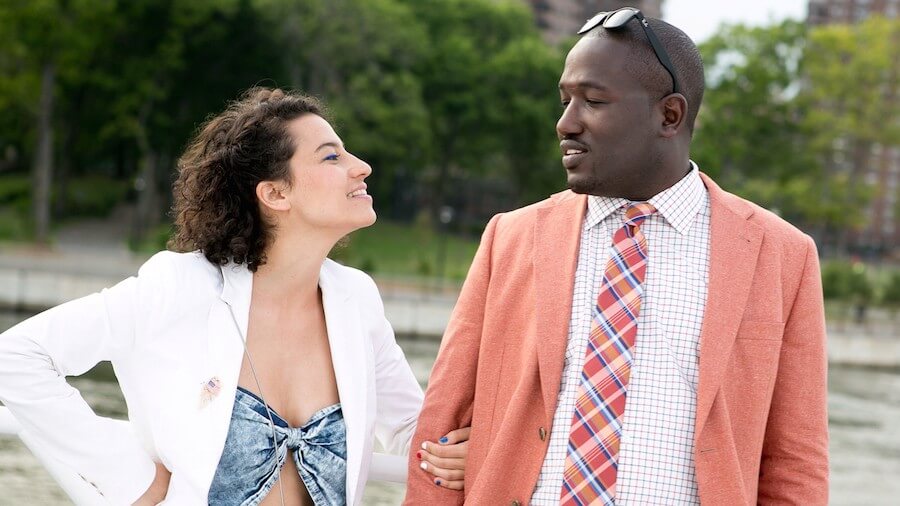
Being in an open relationship means that there’s a main relationship between two people who have given permission to have sex with other people. The main agreement is that these encounters are limited to indulging in the physical pleasures of sex, with no emotional attachment or desire for progression. Polyamory, on the other hand, is about ‘many loves’, and therefore is about falling in love and maintaining romantic relationships with more than one person with the consent of everyone involved.
So, how to know if you’re polycurious?
- Have you experienced falling in love with multiple people simultaneously?
- Do you struggle with committing to only one person for a long time?
- Are you comfortable discussing attractions towards others with your partner? How do you handle jealousy?
- Can you establish and communicate boundaries effectively?
- Do you desire various forms of love and intimacy?
If you answered “yes” to most of these questions, you’re likely curious about non-monogamous relationships. Today, there are numerous sources of information available to learn about polyamory, including podcasts like Polycurious, where non-monogamous individuals discuss their experiences. Additionally, the non-fiction book “The Ethical Slut” provides guidance on maintaining healthy communication, emotional honesty, and safe sex practices in non-monogamous relationships.









